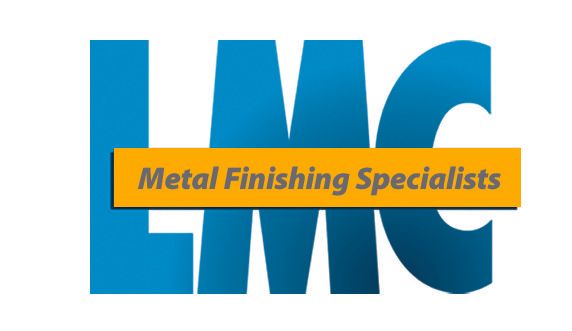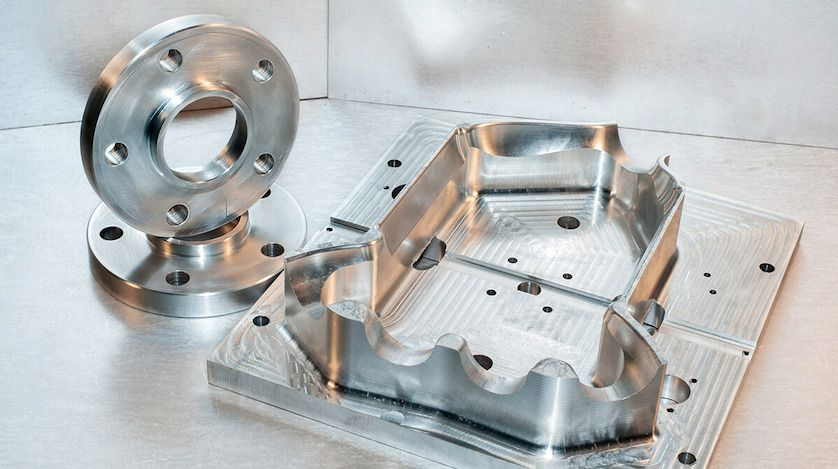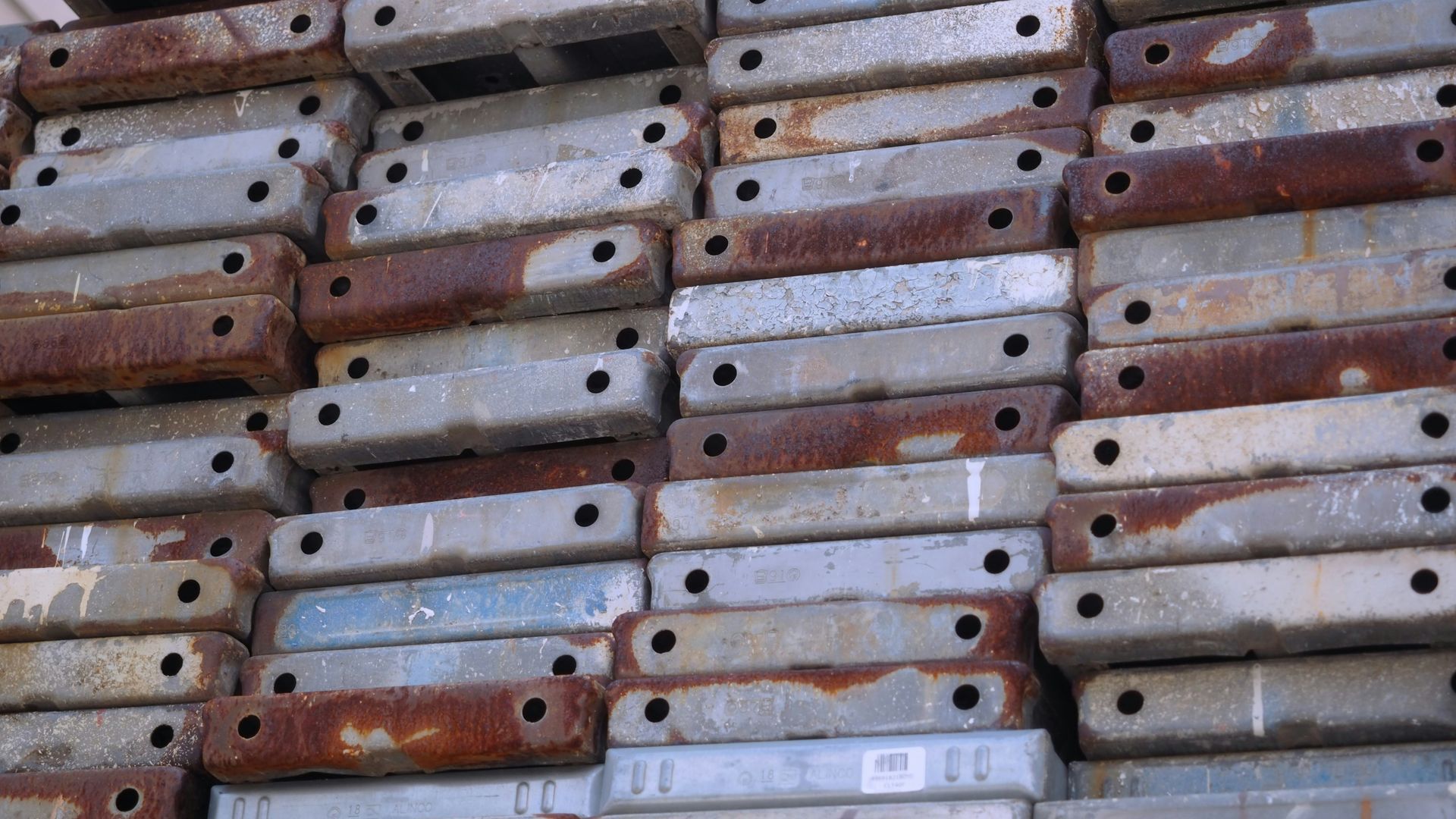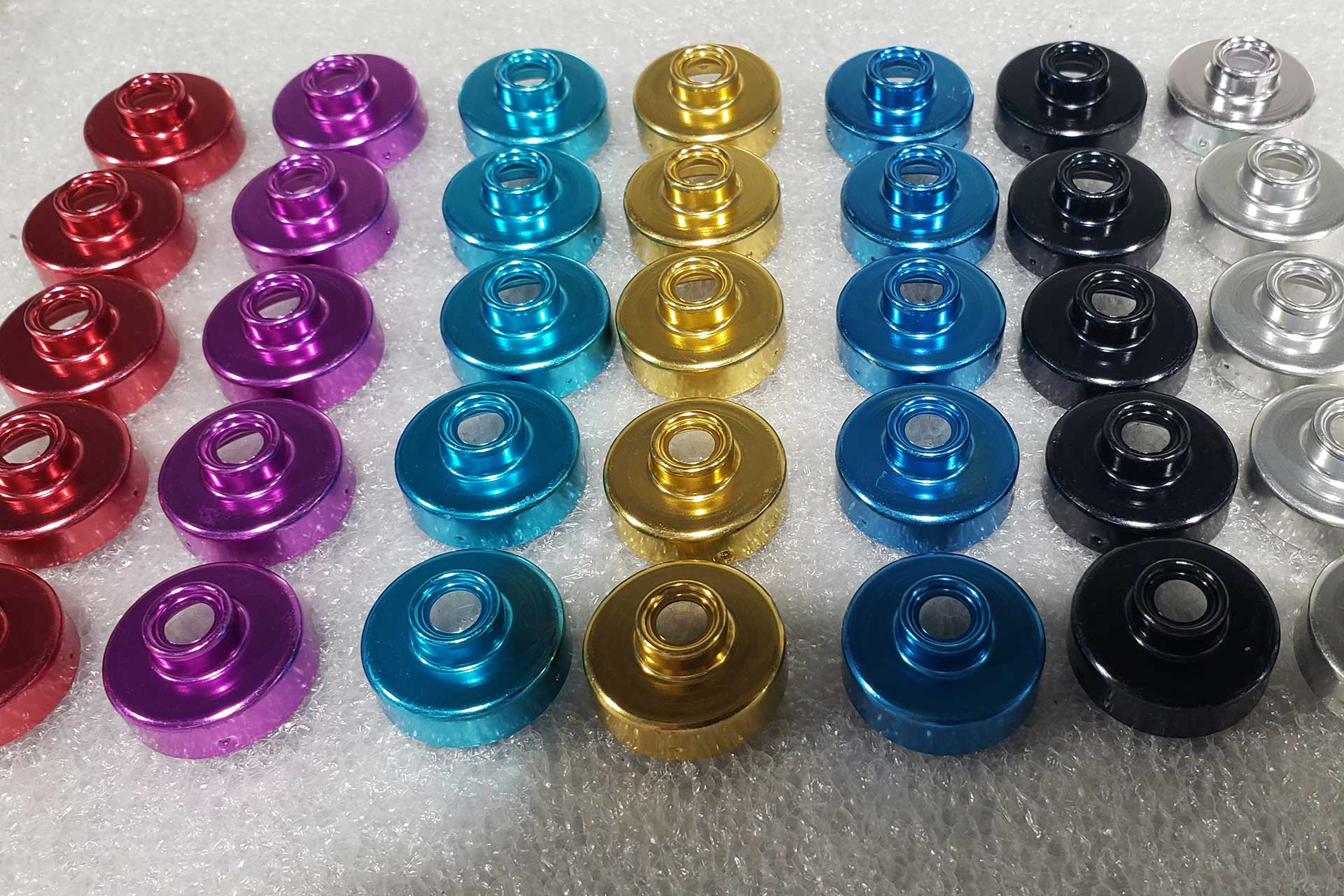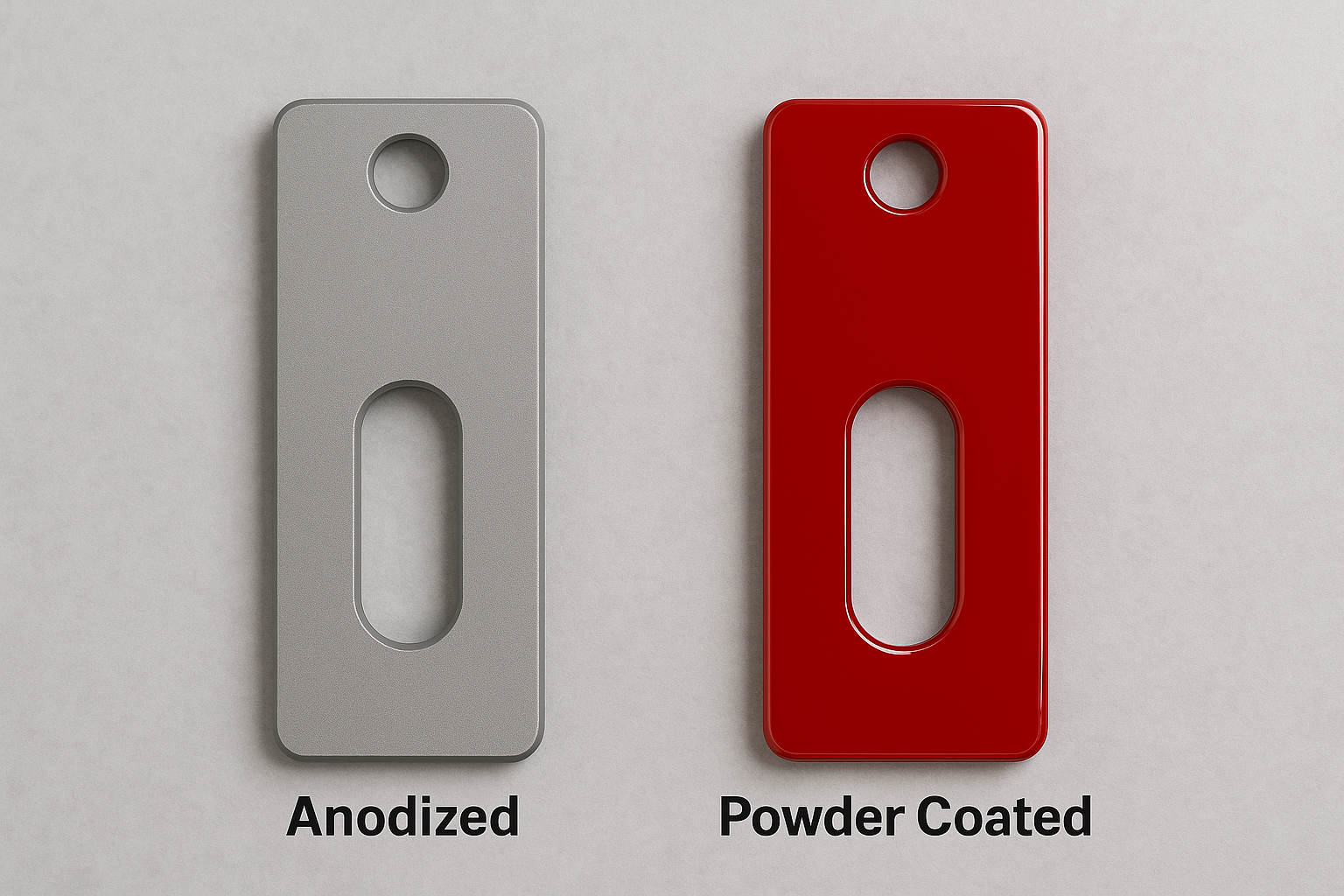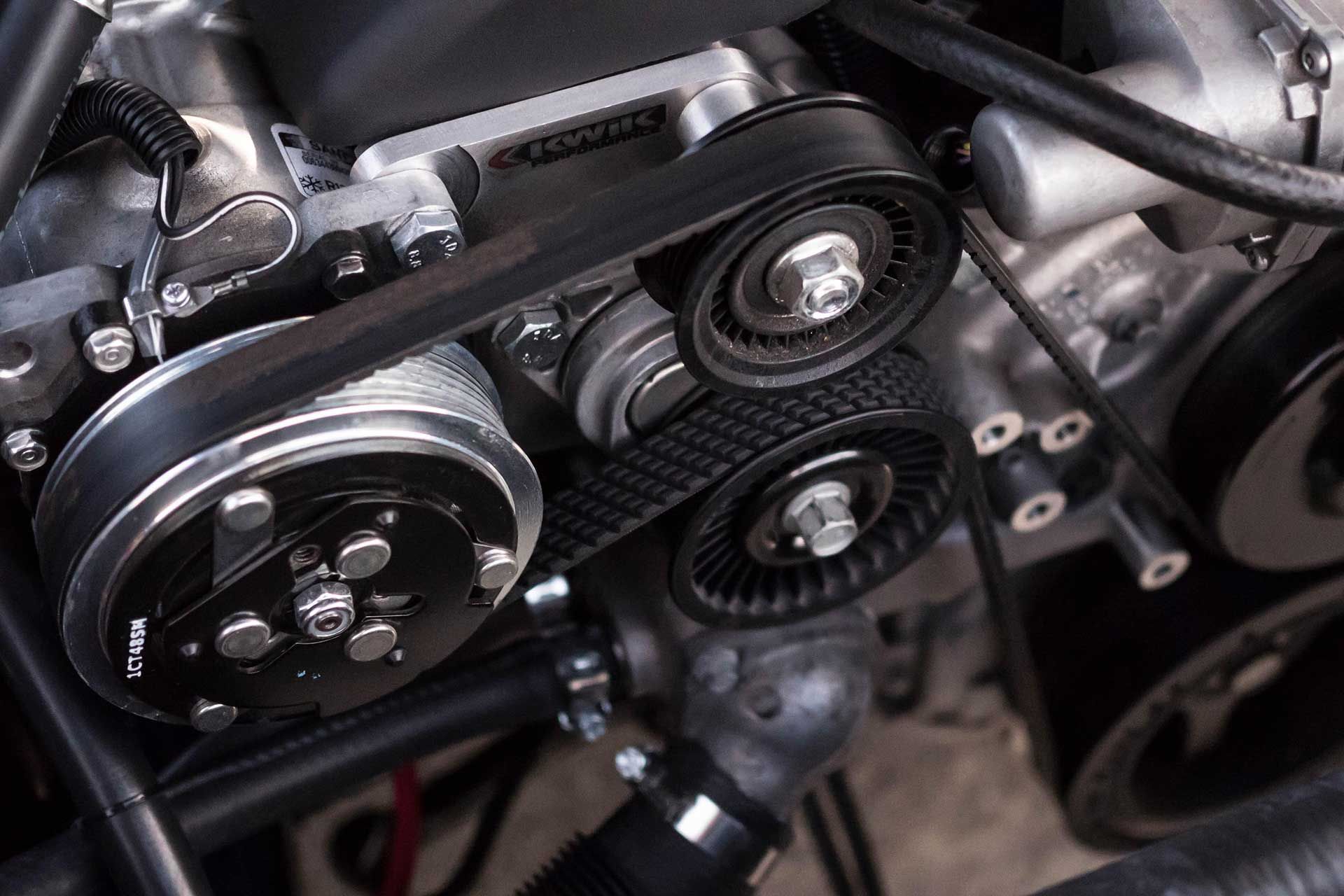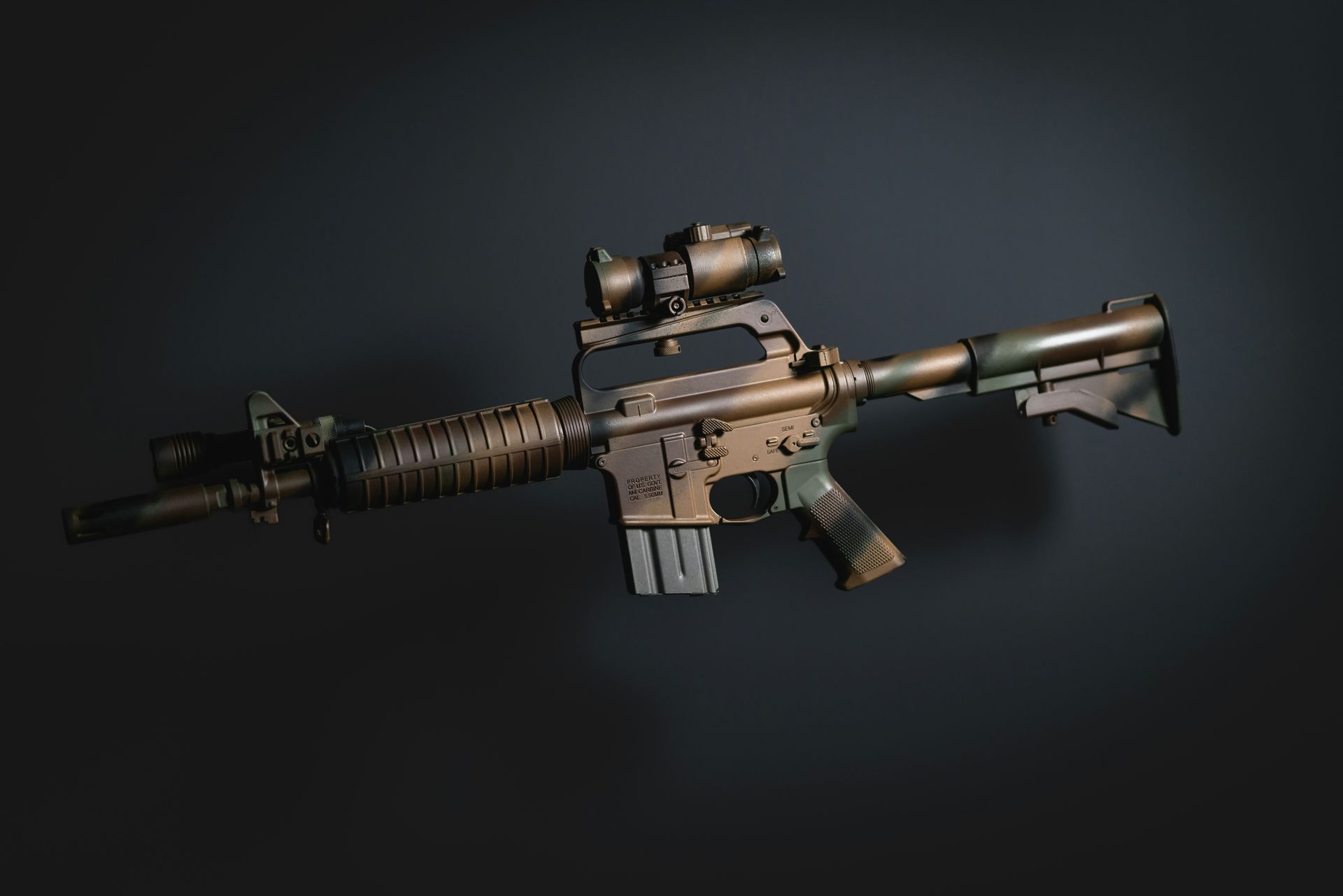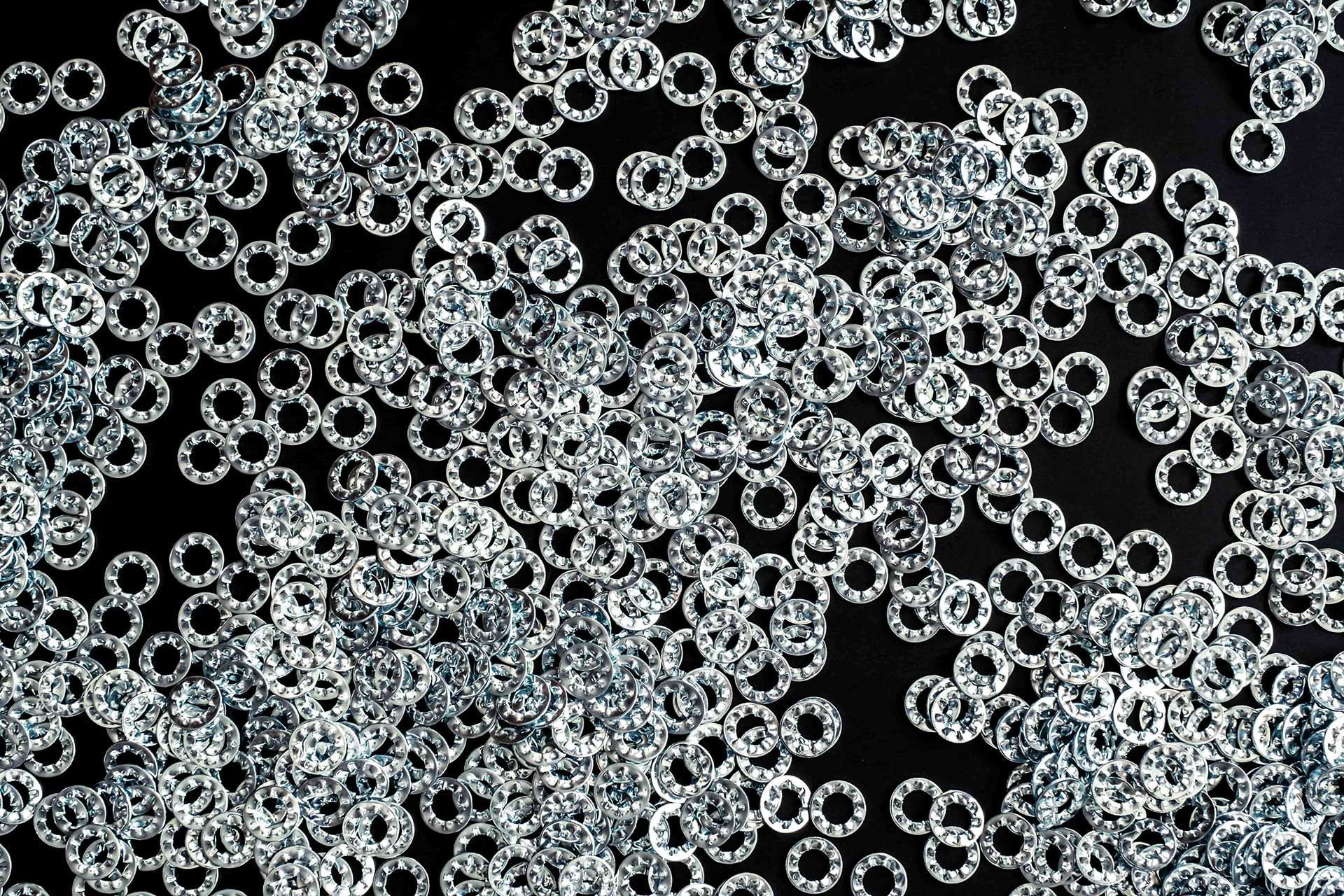What Is Passivation? Understanding the Passivation Process
What Is Passivation? Understanding the Passivation Process
In the world of metal manufacturing, few things matter more than durability—and that’s where passivation steps in. It’s a chemical process that protects metal surfaces from corrosion and degradation, especially in tough environments. While the concept may sound technical, the process itself is pretty straightforward once you break it down.
Here, we’ll discuss what passivation is, how it works, the types of chemicals used in the process, and how industries rely on it for stronger, longer-lasting metal components.
What Is Passivation?
At its core, passivation is a chemical treatment for metal surfaces, particularly stainless steel, that boosts corrosion resistance by forming a protective oxide layer. This thin, invisible film essentially "passivates" the metal—making it less reactive to environmental elements like air, moisture, and harsh chemicals.
Historically, the practice of passivation began in the early 20th century when stainless steel became more common in manufacturing. As engineers noticed corrosion over time, even on these so-called "stainless" surfaces, they developed methods to improve the metal’s longevity. Over the decades, passivation has improved with better chemicals, stricter standards, and applications across critical industries.
So why does it matter? Well, metals used in aerospace, marine, medical, or food processing can't afford to rust, degrade, or fail. Passivation helps keep components reliable, compliant, and performing as intended—often for years longer than untreated metals.
How the Passivation Process Works
The science behind passivation may seem complex, but the steps are fairly systematic. The process usually begins after the metal has been fabricated, machined, or welded—activities that can leave behind contaminants or free iron particles on the surface. These impurities are precisely what compromise corrosion resistance.
Here's a simplified breakdown of the passivation process:
- Cleaning the Surface
Before passivation begins, the metal part is thoroughly cleaned using alkaline or acid-based solutions to remove oils, grease, and particulates. - Acid Bath Immersion
The cleaned part is then submerged in an acid solution, commonly citric, nitric, or phosphoric acid, depending on the application. This step dissolves surface iron and contaminants without affecting the underlying metal. - Oxide Layer Formation
During acid treatment, a passive oxide film forms naturally on the surface. This is the barrier that guards against future corrosion. - Rinsing and Drying
After the treatment, parts are rinsed in deionized water and dried. This step ensures no residual chemicals remain.
Variables That Influence the Process:
- Metal type (e.g., stainless steel, titanium, aluminum)
- Surface condition (polished, rough, welded, etc.)
- Bath temperature and immersion time
- pH levels of the solution
Industries that heavily rely on passivation include medical device manufacturing, aerospace engineering, marine equipment, and semiconductor fabrication, where even microscopic corrosion can cause critical failure.
Common Passivation Chemicals and Methods
There’s no one-size-fits-all solution for passivation. The choice of chemical depends on the end-use, environmental safety requirements, and type of metal being treated. Let’s look at the three most commonly used acid solutions in passivation.
Citric Acid Passivation
Citric acid is quickly becoming a favorite across many industries, thanks to its environmentally friendly nature. This organic acid is effective in removing surface iron while being biodegradable and safer to handle than traditional acids.
- How it works: Citric acid chelates (binds with) iron particles and rinses them away without affecting the chromium content that gives stainless steel its anti-corrosive properties.
- Why it’s preferred: Low toxicity, safer disposal, and compatibility with delicate parts.
- Industries that love it: Medical, pharmaceutical, and food processing.
Nitric Acid Passivation
A long-standing method in industrial passivation, nitric acid is known for its strength and efficiency. It penetrates quickly and is effective on tougher contaminants or heavily machined parts.
- Strengths: Reliable and fast-acting, particularly useful in heavy-duty industrial applications.
- Concerns: Nitric acid is more hazardous to handle and dispose of due to toxic fumes and environmental risks.
- Comparison with citric: While nitric may be faster, citric is safer and more sustainable.
Phosphoric Acid Passivation
A versatile option often used by Light Metals Coloring, phosphoric acid passivation is ideal for applications requiring improved coating adhesion, lubrication, or wear resistance. It's commonly applied to aluminum and select stainless steels when a functional, textured surface is needed.
- Strengths: Excellent for prepping surfaces for painting, bonding, or lubricants; provides uniform finishes.
- Considerations: Not typically used for decorative finishes or medical-grade components.
- Comparison with citric/nitric: Offers distinct surface prep benefits, especially where adhesion or durability is key.
Benefits of Passivation for Metal Components
Why do engineers and manufacturers go through the trouble of passivating metal components? Simple—because the benefits far outweigh the costs. Here's what passivation brings to the table:
- Superior Corrosion Resistance: Passivated surfaces last significantly longer in harsh or moisture-rich environments.
- Extended Lifespan: Preventing surface degradation, parts maintain structural integrity over time.
- Consistent Performance: Products perform more reliably with fewer failures and maintenance requirements.
- Regulatory Compliance: Passivation helps manufacturers meet strict standards like ASTM A967 and AMS2700—a must for aerospace and medical applications.
Choosing the Right Passivation Method
When selecting a passivation method, one size doesn’t fit all. Your choice depends on several factors:
- Metal type: Not all stainless steels respond the same way to each acid.
- Final application: Medical tools, marine parts, and aircraft systems have very different requirements.
- Regulatory needs: Some industries demand environmentally friendly processes; others prioritize performance over sustainability.
That’s why it's critical to work with a knowledgeable partner who can recommend the ideal process for your specific needs and ensure compliance every step of the way.
Work with a Trusted Passivation Partner
If you’re looking for a passivation expert with decades of experience and a commitment to quality, Light Metals Coloring is your go-to solution. From medical and aerospace to marine-grade applications, our team understands the intricacies of metal finishing inside and out.
We’re ISO-certified and
fully compliant with industry standards, offering tailored services that meet the most demanding specs. From launching a new product to upgrading your corrosion resistance strategy, we’re here to help.
Contact our team of experts today to request a quote and see how we can make your metal parts last longer and perform better!
